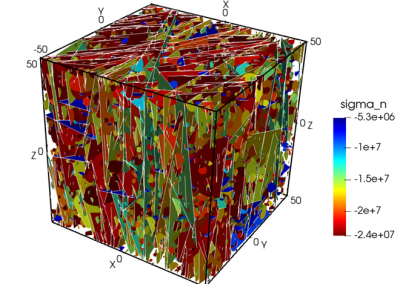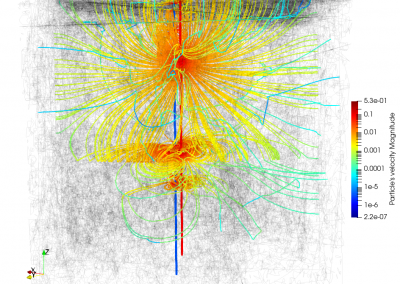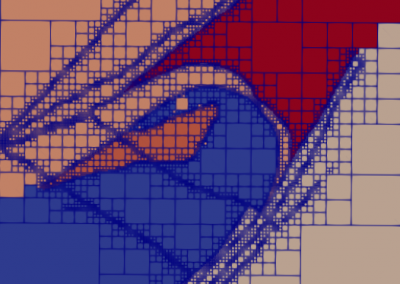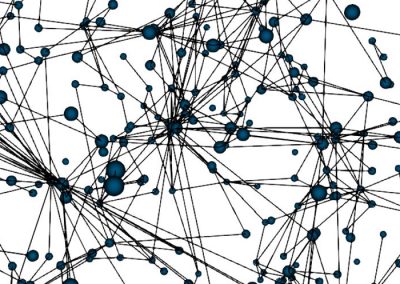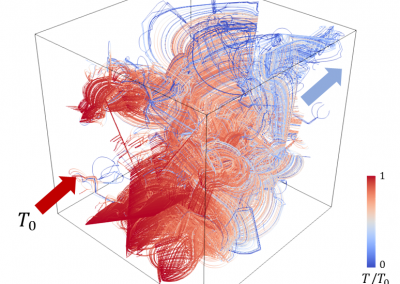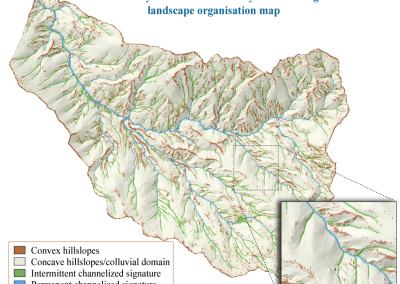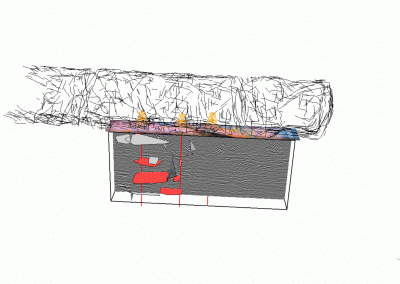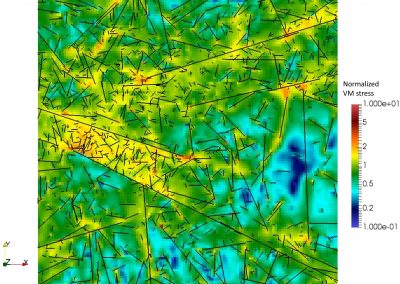“Monitoring and modelling environmental systems”

A joint laboratory between ITASCA Consultants SAS, the CNRS, and the University of Rennes
Our story relies on a long-term collaboration on various research programs for several industries, including radioactive waste management. Today, our team of engineers, researchers, and students, develop new methodologies and numerical solutions to solve several environmental issues of which water management in crystalline rocks, flooding risks, erosion and sediment transport, restoration of natural aquatic environments. In addition to the consultancy and research activity, the Fractory is also invovled in teaching and expertise transfer.
Expertise
Geological fractured media
Modelling fractured media
Fractory researchers have a long experience in the characterization and modelling of fractured media. The group has pioneered the development of Discrete Fracture Network (DFN) methods, where fractured reservoirs are modelled as a network of statistical and deterministic fractures constrained by structural and hydrogeological data. This modelling applies to various industrial issues such as groundwater protection, risk assessment related to underground storages, or geothermal energy production optimization. The DFN.lab platform has been developed to implement the DFN methodology on theoretical and applied cases.
Flow, energy and contaminant transfer
An application of the DFN methodology is the study of flow and transport of chemical elements in fractured media. The DFN.lab platform has been developed to provide an efficient calculation of the flow even with a high-resolution description of the fracture network, heterogeneous hydrogeological properties and a wide range of boundary conditions. Current research programs focus on the relationship between the flow structure and fracture properties, on the transfer of temperature or chemicals in fractured rocks, and on the definition of proper indicators of model performance at the rock mass scale.
Geomechanics
The Fractory conducts research programs to apply DFN modelling to predict stress fluctuations in fractured rocks, to define effective mechanical properties of the rock mass (e.g., elastic modulus, strength), or to study the impact of stress variations on flow.
Rivers and landscapes
Flood forecasting and catchment hydrology
The Fractory is carrying out research programs on flood forecasting and catchment hydrology. We are developing an original numerical platform – River.lab – that efficiently solves the hydrodynamic equations under the shallow water hypothesis from the displacement of precipitons (rain particles). Using high-resolution Digital Elevation Models, the method predicts water heights, velocities and flows in natural conditions with excellent accuracy.
Landscape evolution
The group is involved in research programs on erosion and sediment transport. Various erosion, transport and deposition laws are implemented in River.lab to model landscape evolution from reach to catchment scale over time scales ranging from seconds to millions of years.
Projects
All projects
Software
DFN.lab
A solution to study flow and transport in fractured media.
DFN.lab is a software dedicated to the modelling of fractured media, allowing fracture generation, model analysis, flow calculation, transport simulation and mechanical applications. It provides a complete workflow for site modeling and property characteristics of environments with millions of fractures.

RIVER.lab
A solution to study flood risk and sediment transfer
River.lab is a morphodynamic model dedicated to simulate river and landscape dynamics. It includes a 2D hydrodynamic model coupled to vertical and lateral sediment entrainment/transport/deposition model. River.lab’s flexibility allows the user to model landscape evolution from reach to catchment scale over time scales ranging from seconds to millions of years.
Team
Current members

Philippe Davy
CNRS Research Director
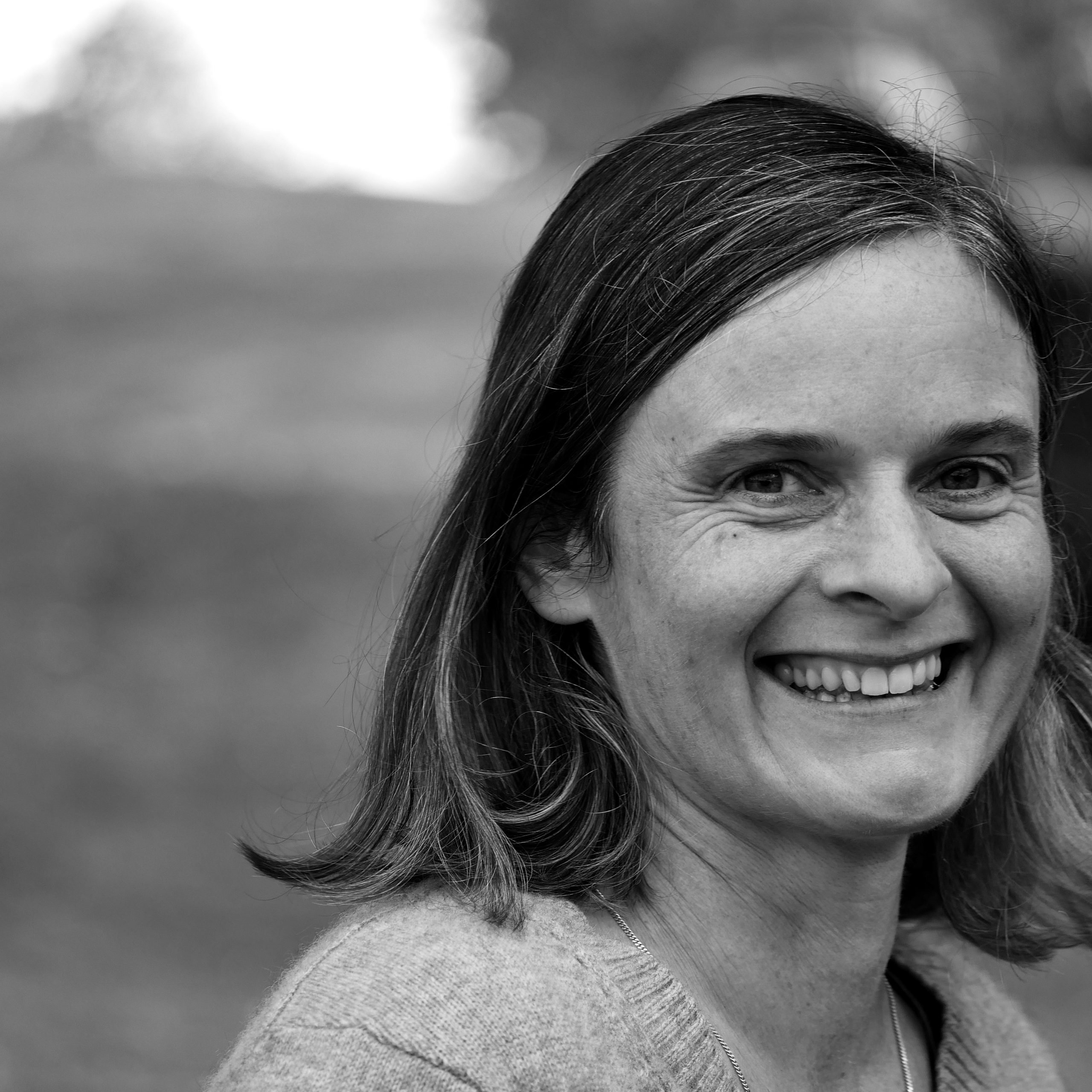
Caroline Darcel
ITASCA Project Manager

Romain Le Goc
ITASCA Research engineer

Benoit Pinier
ITASCA Research engineer

Quentin Courtois
ITASCA Research engineer
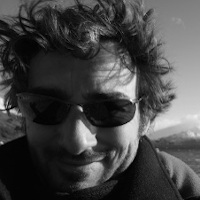
Dimitri Lague
CNRS Research Director

Olivier Bour
University Professor
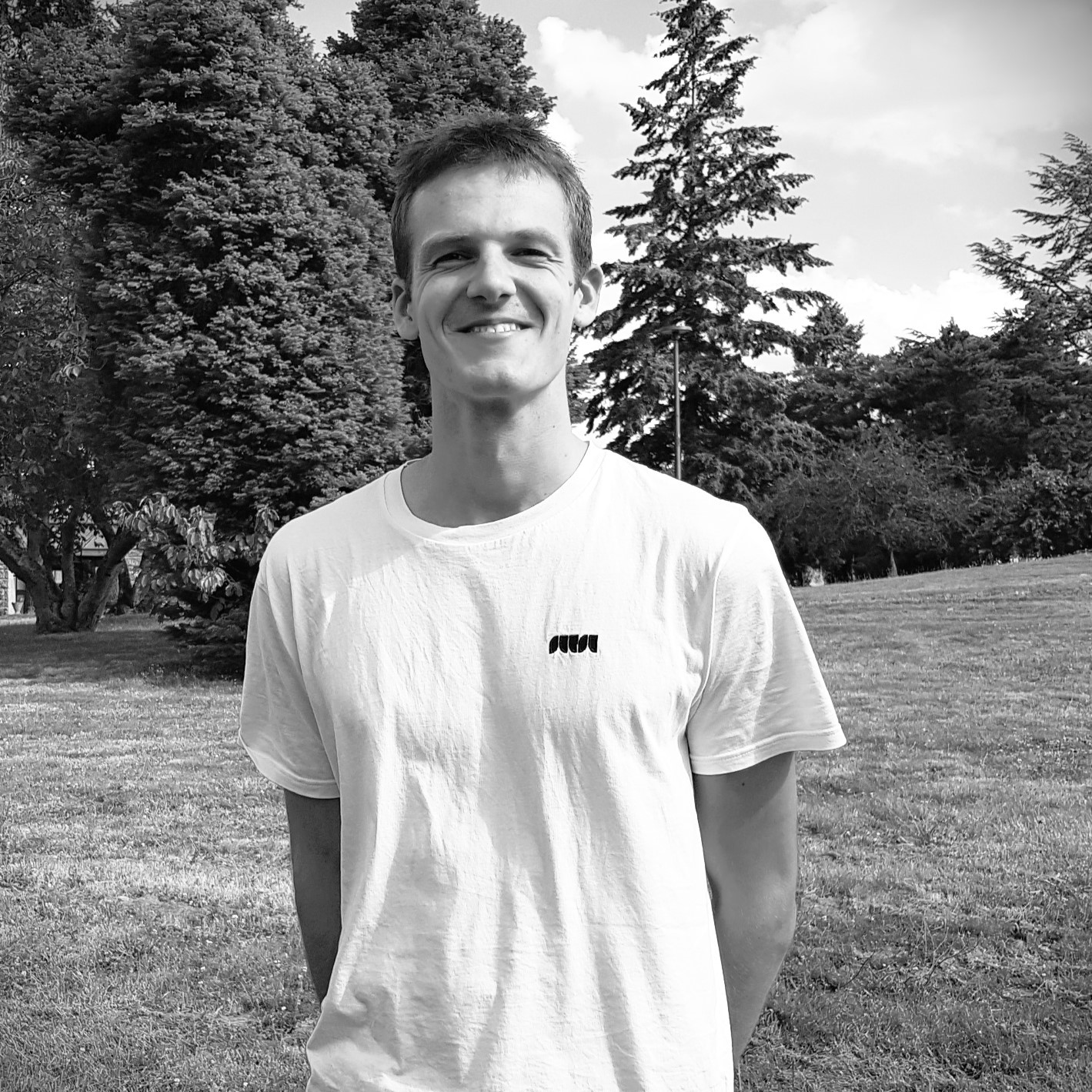
Titouan Hallé
CNRS PhD student
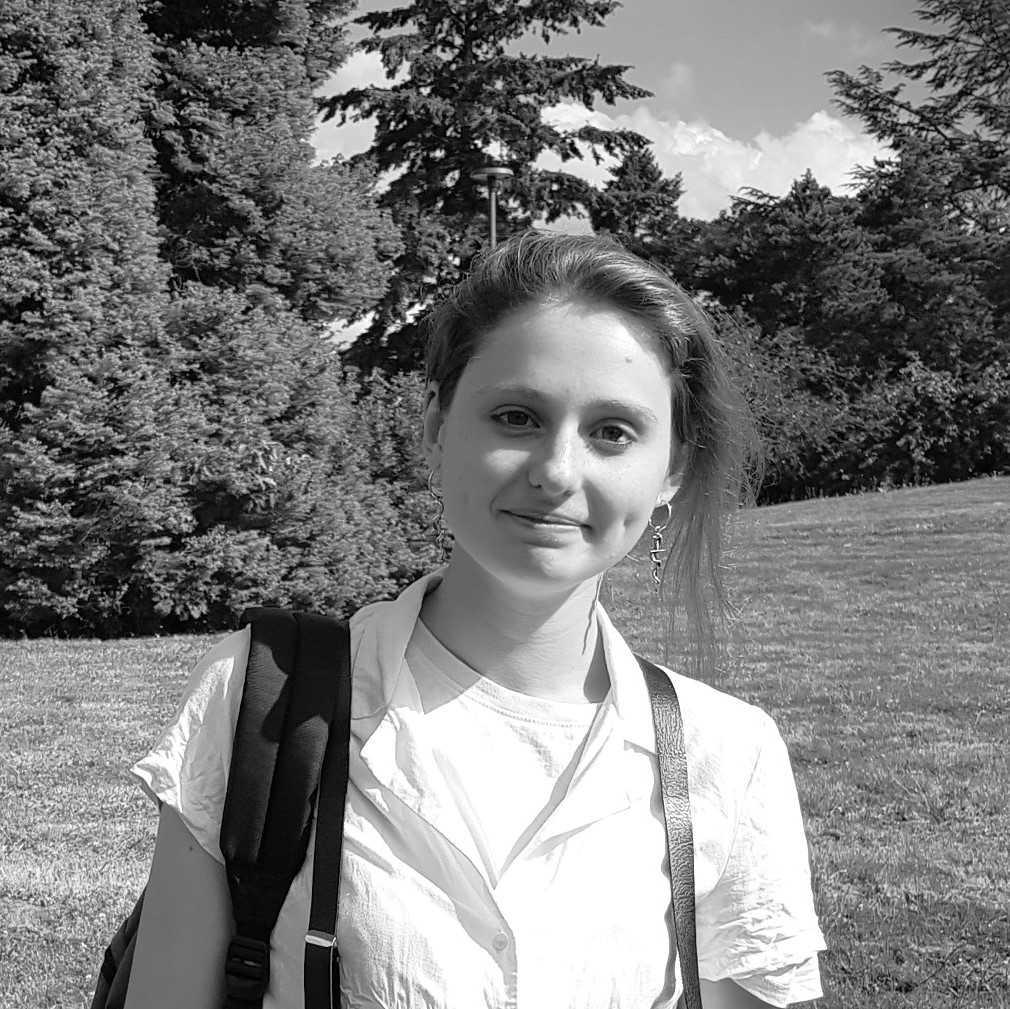
Emma Vairé
ITASCA PhD student
Alumni

Justine Molron
ITASCA PhD student
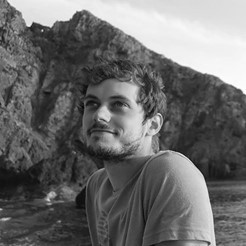
Simon Cleris
CNRS engineer

Thomas Bernard
University PhD student

Hélène Feliciano
CNRS Research engineer

Diane Doolaeghe
CNRS Research engineer
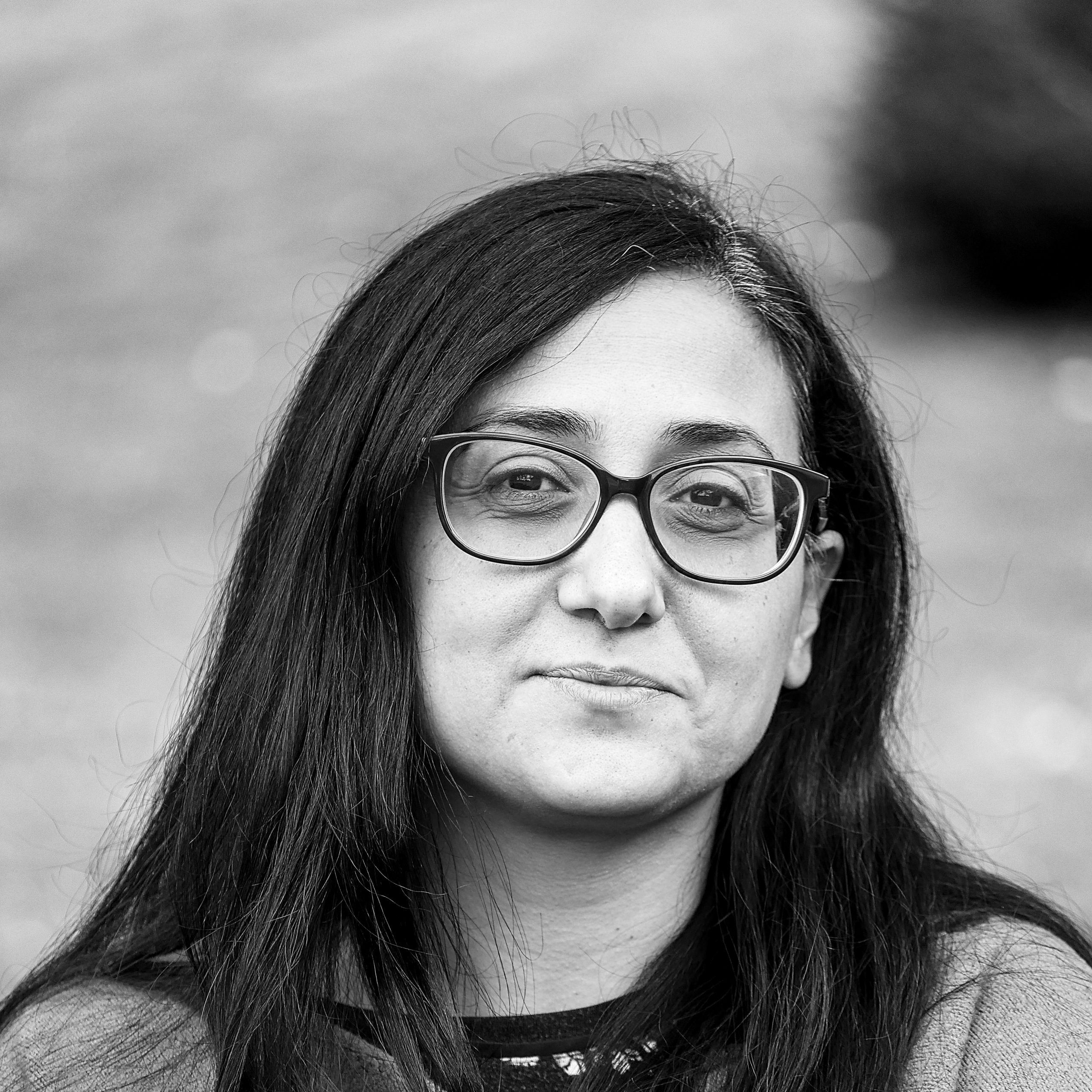
Silvia De Simone
CNRS Postdoc researcher

Etienne Lavoine
ITASCA Research engineer
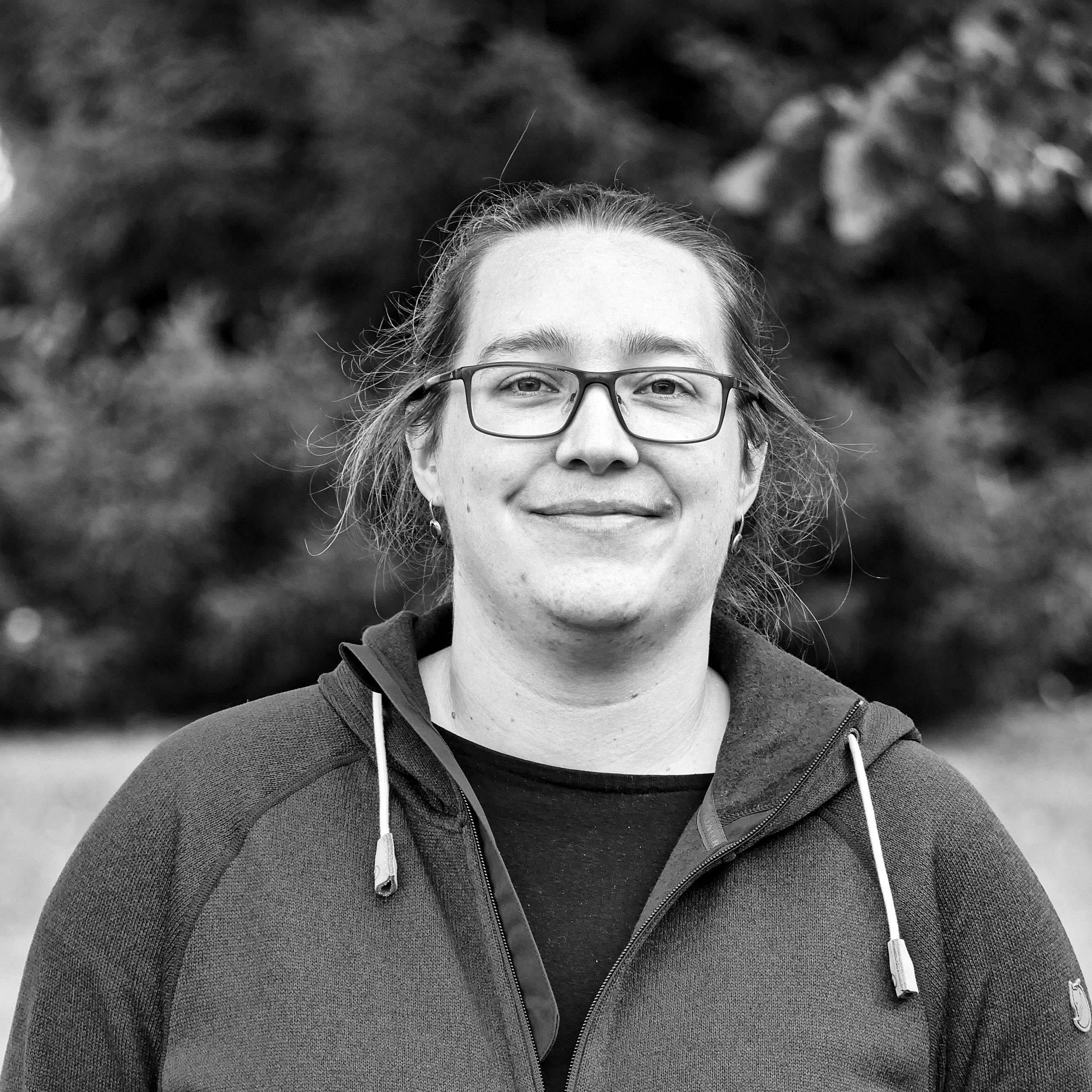
Marine Le Minor
CNRS Postdoc researcher
Find out more
Follow us on LinkedIn to keep you informed about our latest publications and news
Contact
fractory@itasca.fr
